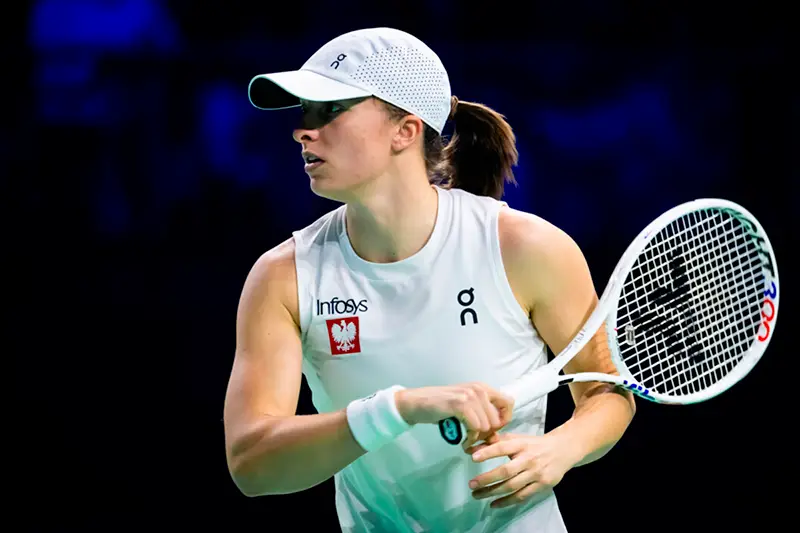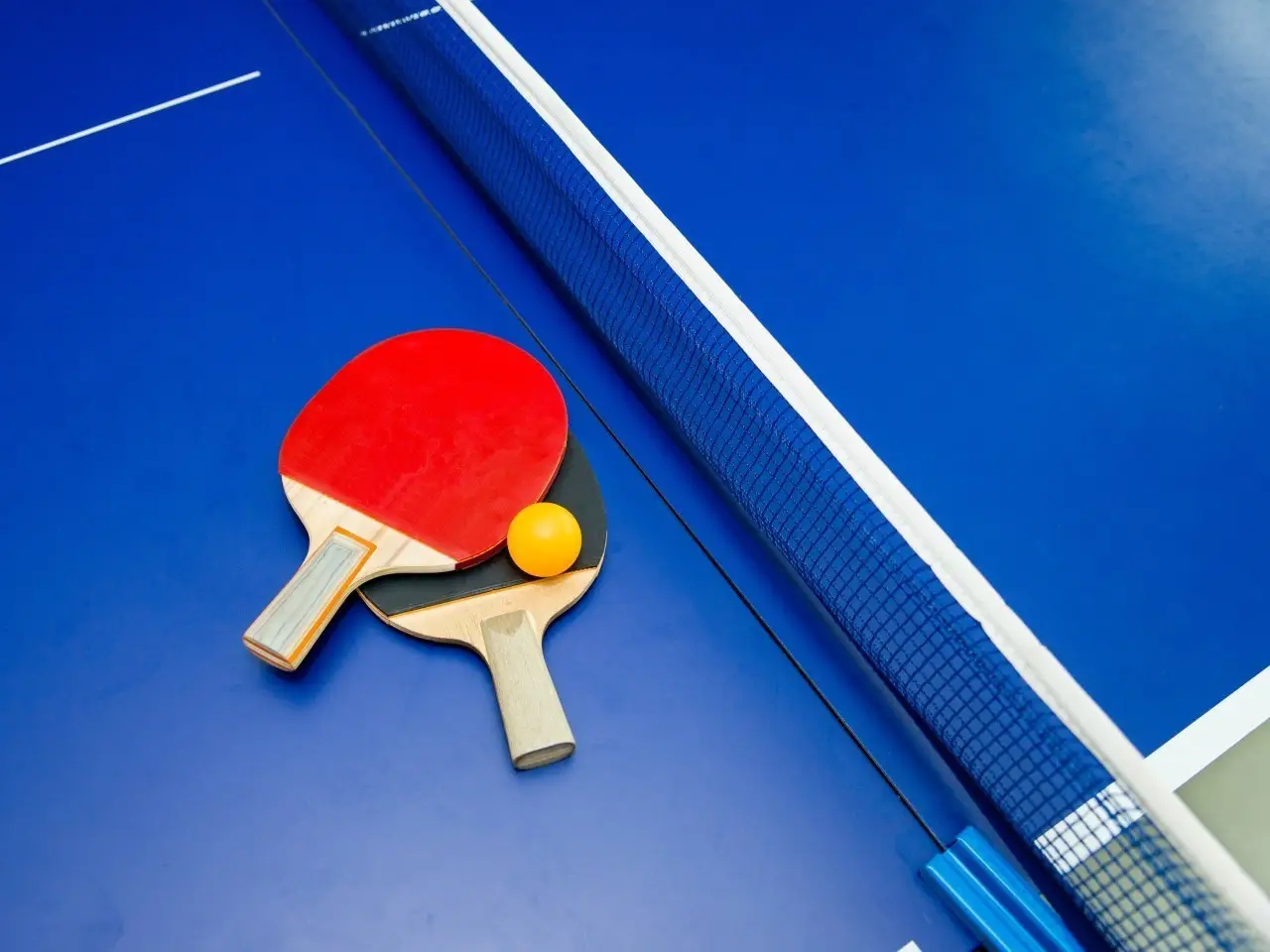Tennis is not just a sport, but an industry with multi-million dollar fortunes. The richest tennis players earn money not only from tournaments, but also from large sponsorship contracts, advertising deals and investments. Financial success in tennis has long ceased to depend solely on victories on the court – it is the result of a comprehensive strategy, brand management skills and the right commercial decisions.
Many tennis players today are businessmen, making deals with the world’s leading corporations. They become the faces of major brands, their social networks bring in millions, and their participation in international campaigns increases their capital. In 2025, the list of the highest paid tennis players has changed: new stars have confidently joined the elite, while experienced players continue to earn huge money.
Top 10 richest tennis players of 2025
The earnings of professional tennis players are built not only on prize money for victories, but also gigantic sums from contracts with brands. This year’s list of the highest paid tennis players of 2025 is headed by both familiar and new faces.
Legends of the court: who earns the most money
Being at the top of the rankings is a skill and the ability to attract sponsors. The highest-paid tennis players earn incomes that go far beyond the prize money of tournaments.

This year’s list is topped by:
- Madison Keys (USA) – $2.37 million.
- Yannick Sinner (Italy) – $2.15 million.
- Alexander Zverev (Germany) – $1.62 million.
- Iga Schwentek (Poland) – $1.56 million.
- Arina Sobolenko (Belarus) – $1.45 million.
- Corey Gauff (USA) – $1.37 million.
- Taylor Fritz (USA) – $1.1 million.
- Mirra Andreeva (Russia) – $1.09 million.
- Alex de Minor (Australia) – $1.08 million.
- Elena Rybakina (Kazakhstan) – $1.01 million.
These players have proven that tennis is not just a sport, but a huge business. They earn money not only from victories, but also from competently building their careers off the court.
Tournaments where millions are made
 Tournament prize money is a key component of a professional athlete’s income. Highly paid tennis players receive impressive sums for participating in prestigious tournaments. In 2025, the biggest tournaments increased their prize money, allowing tennis players and tennis players to earn even more.
Tournament prize money is a key component of a professional athlete’s income. Highly paid tennis players receive impressive sums for participating in prestigious tournaments. In 2025, the biggest tournaments increased their prize money, allowing tennis players and tennis players to earn even more.
Grand Slam tournaments remain the most lucrative:
- Australian Open (Melbourne), the year’s opening championship, characterised by high temperatures and fast coverage. The 2025 prize money totalled $80 million, with the singles winner receiving $3.2 million.
- Roland Garros (Paris) – a ground tournament with long draws and difficult conditions. The prize fund rose to $76 million and the champion earned $3.1 million.
- Wimbledon (London) is the most prestigious competition with a tradition where grass makes the game dynamic. The prize fund reached $85 million, with the winner receiving $3.5 million.
- The US Open (New York) is the most spectacular championship known for its show atmosphere. In 2025, the fund totalled $90 million, with the singles champions receiving $4 million.
In addition to the Grand Slams, the ATP and WTA Finals also provide impressive payouts. These tournaments bring together the most successful tennis players at the end of the season, and the champions receive up to $4.5 million.
It is important to realise that prize money is only part of the earnings. The tennis players with the highest salaries in 2025 earn millions through proper career management. Advertising contracts, personal brands and business investments allow the world’s richest tennis players to remain financially stable even after their careers are over.
Top of the list: details of those who earned the most money
The most successful tennis players sign contracts with the world’s leading brands. Athletes have long been the main faces of advertising campaigns. Key sponsors for 2025 include Nike, Adidas, Rolex, Red Bull and Louis Vuitton, who are investing millions of dollars in promotion through athletes. In 2025, the biggest promotional contracts are: Yannick Sinner, Iga Schwentek and Madison Keys. Their partnership agreements are valued in the tens of millions of dollars.
Madison Keys tops the list of the highest paid tennis players of 2025 thanks to her impressive tournament wins and contracts with leading brands. Her aggressive style of play and charisma make her the perfect advertising face.
Yannick Sinner is ranked second. This young talent from Italy has soared to the top thanks to his outstanding play on hard court. His contracts with Nike and Lavazza have generated a significant amount of income.

Iga Schwentek became the face of major European banks and got a contract with Porsche.
Tennis players are particularly popular in advertising due to their striking images and media influence. Arina Sobolenko and Mirra Andreeva actively cooperate with global cosmetics and jewellery companies, while Elena Rybakina has signed an exclusive contract with a leading watch manufacturer.
New stars who took off in 2025
Mirra Andreeva is one of the brightest young tennis players. Her dramatic rise in the rankings and her victories over more experienced opponents have made her a new star. Companies are already offering her multi-million dollar contracts.
Alex de Minor is Australia’s premier talent. His game is characterised by his speed and aggressive attack, and his expert career management makes him one of the highest paid tennis players of 2025.
Conclusion
 Financial success in tennis is as much about talent as it is about building a career strategically. The highest-paid tennis players of 2025 are not just winning on the court, they are also smartly developing their brands, signing lucrative contracts and investing in promising areas. Young talents such as Mirra Andreeva and Yannick Sinner could top the rankings in the coming years. Their potential, sporting achievements and commercial flair will allow them to earn even more. Tennis remains one of the most lucrative sports and its stars continue to turn their popularity into multi-million dollar fortunes.
Financial success in tennis is as much about talent as it is about building a career strategically. The highest-paid tennis players of 2025 are not just winning on the court, they are also smartly developing their brands, signing lucrative contracts and investing in promising areas. Young talents such as Mirra Andreeva and Yannick Sinner could top the rankings in the coming years. Their potential, sporting achievements and commercial flair will allow them to earn even more. Tennis remains one of the most lucrative sports and its stars continue to turn their popularity into multi-million dollar fortunes.
 en
en  de
de  ar
ar  es
es  nl
nl  hi
hi  fr
fr  it
it  pt
pt  el
el 










